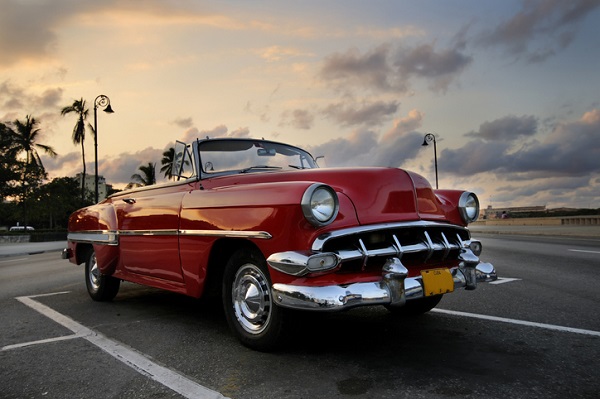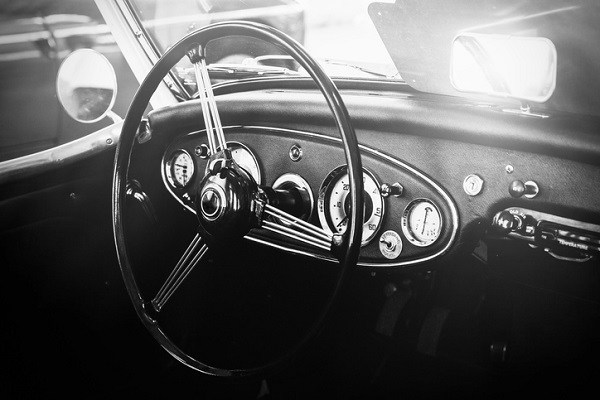
Supposedly the classics never go out of style, except sometimes they do. At least, that’s the case with what’s under the hood and in the cabin of some older vehicles. If you’re working on an older automobile as a side project, you may want to change its interior or working parts while maintaining its classic outward appearance. This is called a restomod, and it allows you to mix the best of retro design with modern comfort.
However, if you’re an automotive purist and the thought of installing a GPS or other modern amenity in your 1970 Pontiac GTO sends shivers up your spine, then a classic restoration job, which aims to restore the vehicle to its original condition, is best for you.
Here’s what you need to know about choosing between classic restoration and restomod for your next side project.
Classic Restoration: For Those Who Want to Preserve a Piece of History
For you purists out there who believe in keeping old cars as traditional-looking as possible, this is the approach you’ll want. Whenever possible, classic restoration uses original factory parts in order to bring the vehicle back to how it originally looked and performed. If you’re into classic restoration, you don’t mind sacrificing a bit of comfort for the feeling of being able to get behind the wheel of a car that looks and feels almost exactly the same as the day it rolled off the assembly line.
However, going this route can involve trying to use parts that are no longer being produced, which can lead to a more expensive and time-consuming process. If you have the budget and passion to make it work—and you can actually find the original parts—then a classic restoration is right up your alley.

Restomod: Mixing Classic Vehicles with Modern Auto Technology
With a restomod, your objective is to not only restore a classic vehicle to its former appearance, but to do so using modern auto technology and specs—in other words, to teach an old dog new tricks. While the exterior maintains its classic sheen and look, inside and under the hood drivers get to enjoy the latest amenities.
While you aren’t sacrificing the classic vehicle’s appearance, you’re modernizing it to maximize its safety and performance. For example, you may install modern brakes, engines, power steering, airbags, GPS, and seat belts. If you’re looking for the best of both worlds, this is the way to go—especially if it’s a project car you or someone else may be frequently driving, and you want modern-day conveniences in place.

Now That We’ve Compared the Two, Which One is Best?
If you’re still not sure which approach to go with for your side project car, you should take several elements into account. In terms of finances, a classic restoration is certainly more expensive, but it can also command a higher resell value.
A restomod, meanwhile, may lack authenticity, but it makes up for that with convenience and comfort. A classic restoration looks great, but a restomod is designed for practical, everyday use.
Whichever approach you go with could result in a fascinating project for your auto career. The choice depends on budget, the rarity of the vehicle and its parts, performance, and intended use—and which among those things you value the most.
Want to take an auto service technician course?
Contact Automotive Training Centres to learn more!

